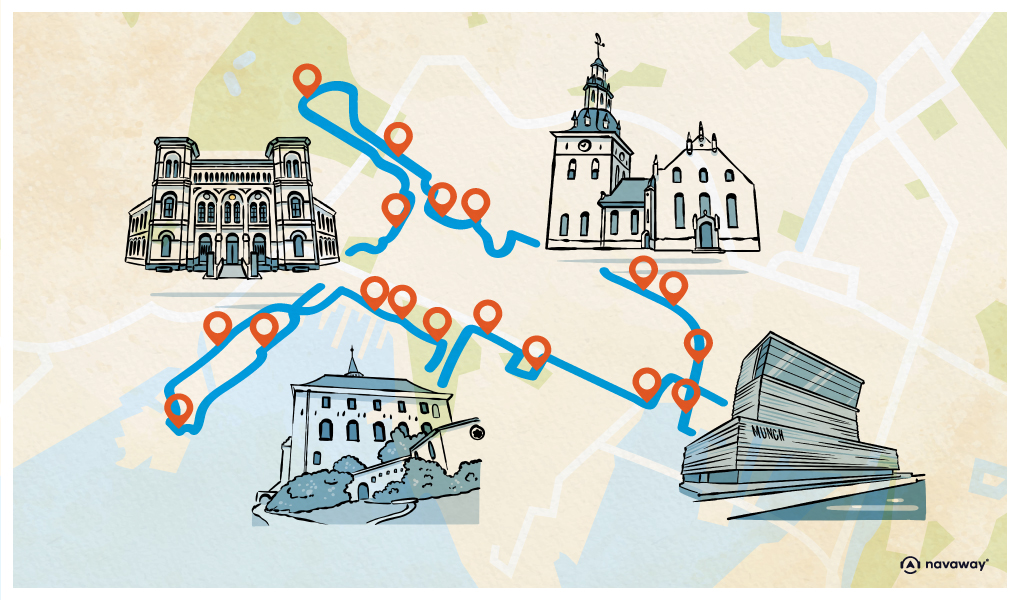
Oslo’s City Hall
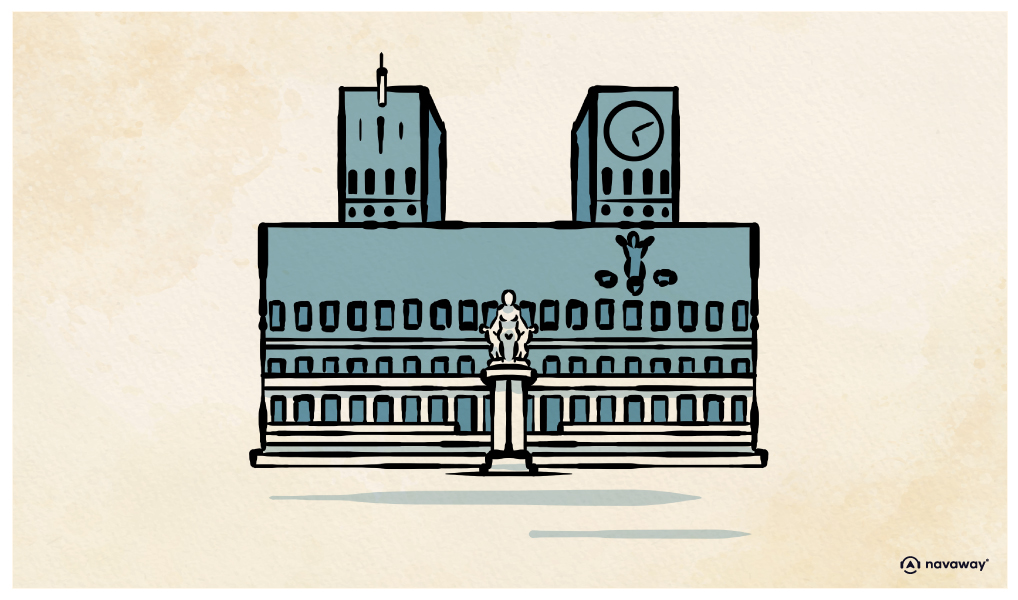
This point of interest is available as audio on the tour: Visit Oslo, The Hill of Gods
You’re now standing in front of the Oslo City Hall, one of the most iconic landmarks in the capital! It’s the administrative and political heart of the city. Despite its austere appearance, the Oslo City Hall is impossible to miss! Those two tall towers covered in red bricks rise above the skyline and serve as a major point of reference across Oslo. This is where the Nobel Peace Prize ceremony is held each year, but the building is also renowned for its stunning interior decoration. Oslo’s City Hall is covered in massive murals painted by Norway’s most celebrated artists, creating a breathtaking visual experience. If you’d like to explore it more, you can join one of the guided tours offered every day in several languages. Even if you skip the tour, you can access the main hall for free. Inside, the cold exterior gives way to vivid color and stories, where huge painted frescoes will walk you through Norway’s culture and history. If Norwegian history isn’t your strongest point, let me give you a quick history lesson. Aside from a vague image of bearded Viking warriors braving the northern seas on their dragon-headed longships, most of us don’t know much. For starters, people have been living in this area since the end of the first Ice Age, so around 9000 BC! Back then, they survived on fishing and hunting whales, moose, seals, and deer. They spoke Old Norse, a Germanic language that evolved into the modern Scandinavian languages we know today. The word “Nordhrvegr” comes from Old Norse, meaning “the way to the north”, which became “Norway”. As for “Oslo”, it means “hill of the gods”. The Viking Age is a crucial chapter in Norway’s story, spanning from the year 800 to 1050. Vikings were fierce warriors and skilled navigators, sailing their legendary “drakkars”, fast ships named after the dragon heads carved into their bows. In 885, all the Viking kingdoms were united under Harald Fairhair, yep, that’s his actual name. His son’s name was a little less poetic: Erik Bloodaxe. When Erik took the throne, he killed 18 of his brothers, leaving only one alive, who was in exile under the protection of King Athelstan, England’s first monarch. Erik ruled western Norway until his brother returned from exile, deposed him, and became King Haakon I. The Vikings then colonised Greenland and reached America long before Columbus set sail. However, in 1066, the Viking Age came to an end when King Harald Hardrada overreached by trying to claim the English crown and was killed in battle. In the 13th century, a young adventurer named Sverre Sigurdsson seized power and established a new dynasty in Bergen. However, the Hanseatic League gained so much influence over there that the capital was moved to Oslo at the start of the 14th century. In 1380, King Haakon VI’s death ended Norway’s independent royal line. Things got complicated when his wife, daughter of the Danish king, took over, forming a union between Denmark and Norway and reducing the country to Danish rule. This domination lasted 400 years, followed by a similar union with Sweden. Norway didn’t fully regain independence until 1905. Quite a journey, isn’t it? From Viking raids to independence, that’s Norway in a nutshell.

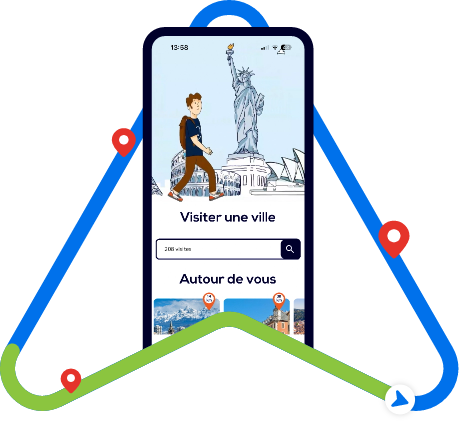
Discover Oslo with app
An interactive guide through the most beautiful streets, squares, and districts
22 fun audioguides full of historical facts, anecdotes, and legends
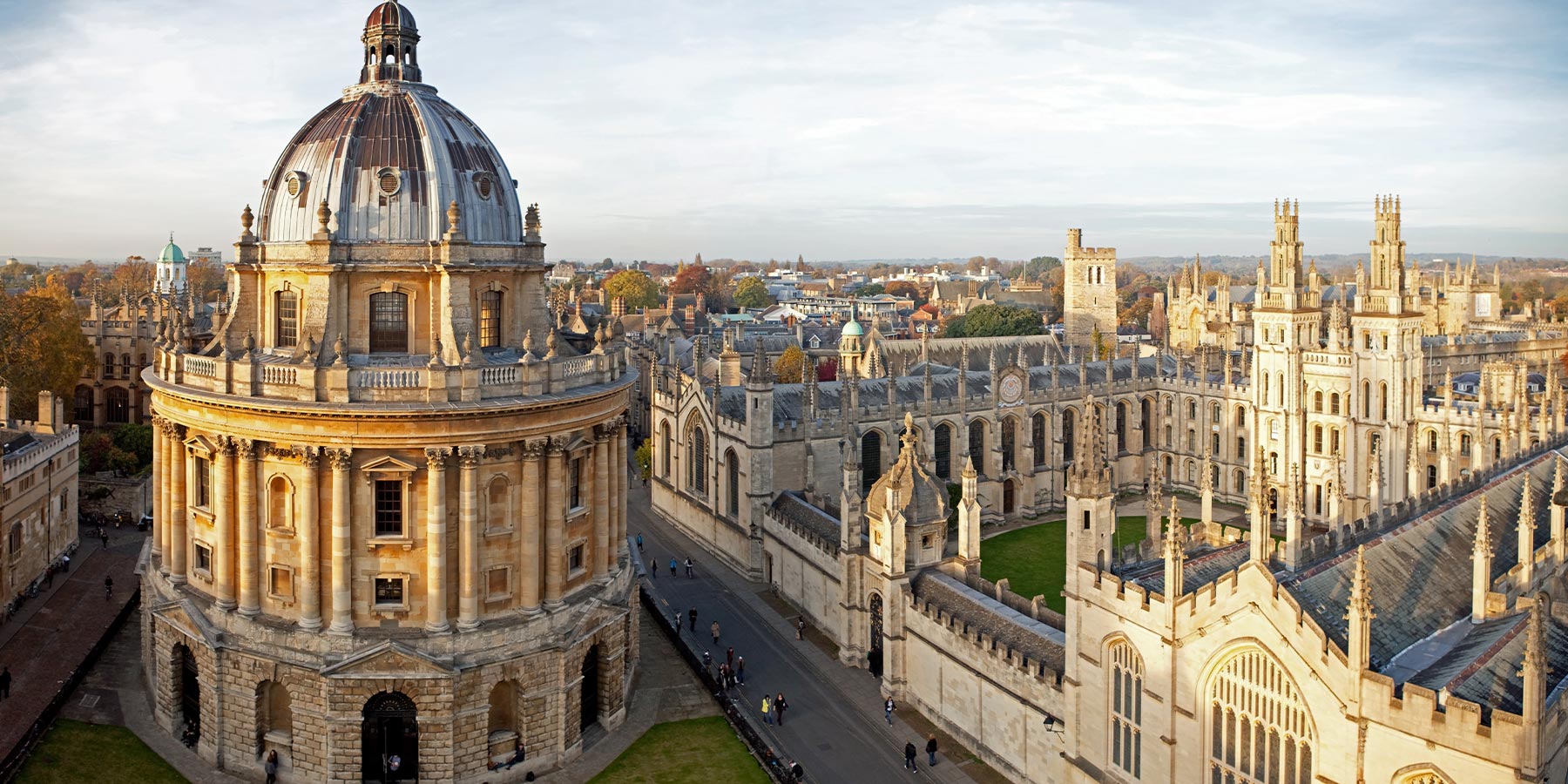
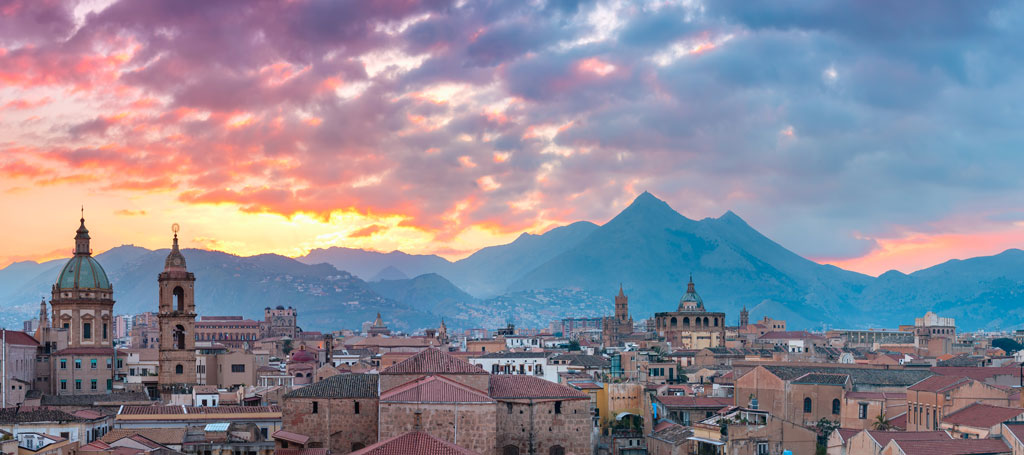
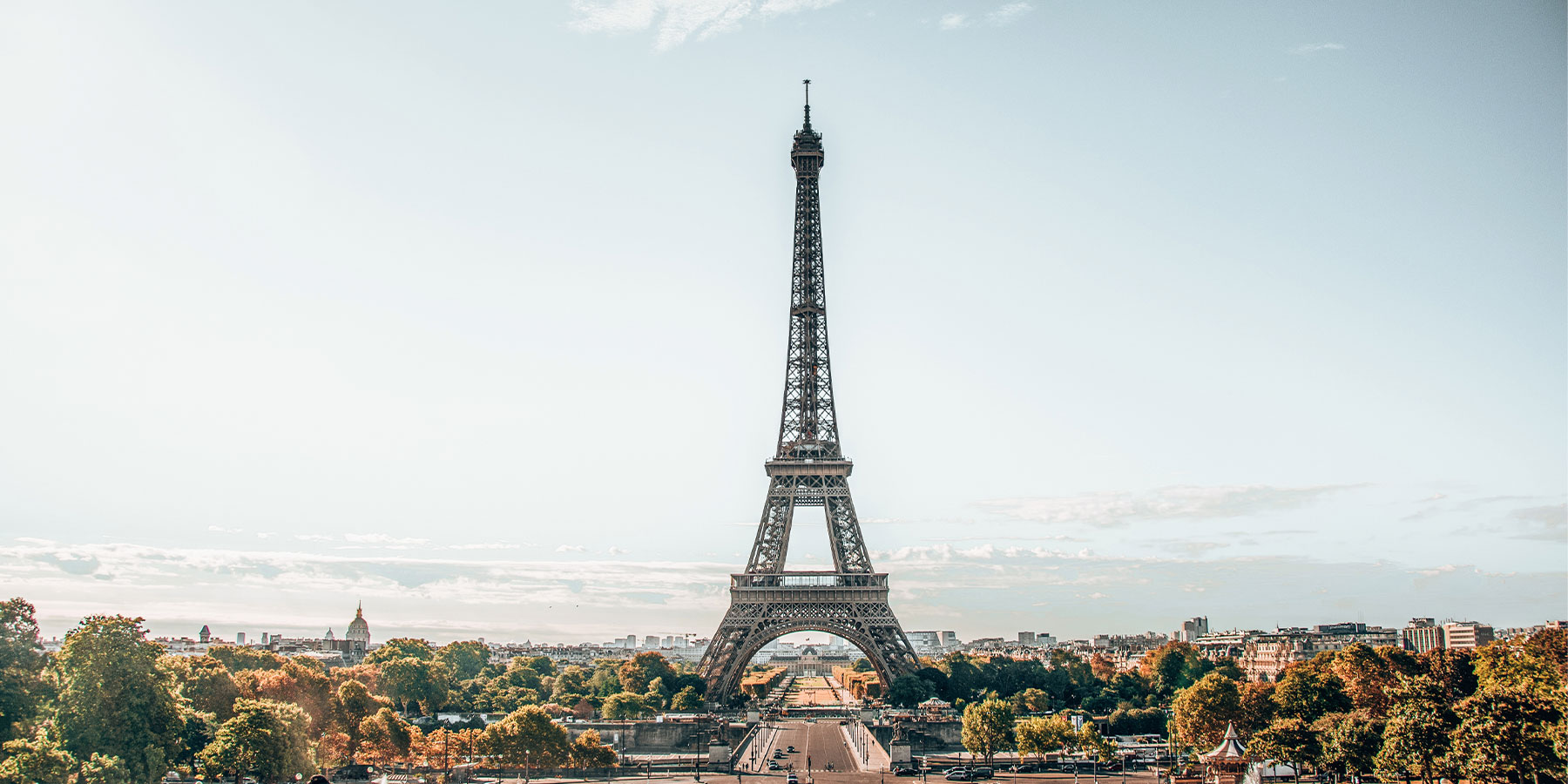
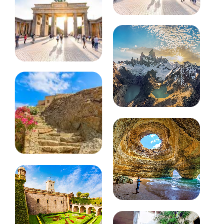

Comments